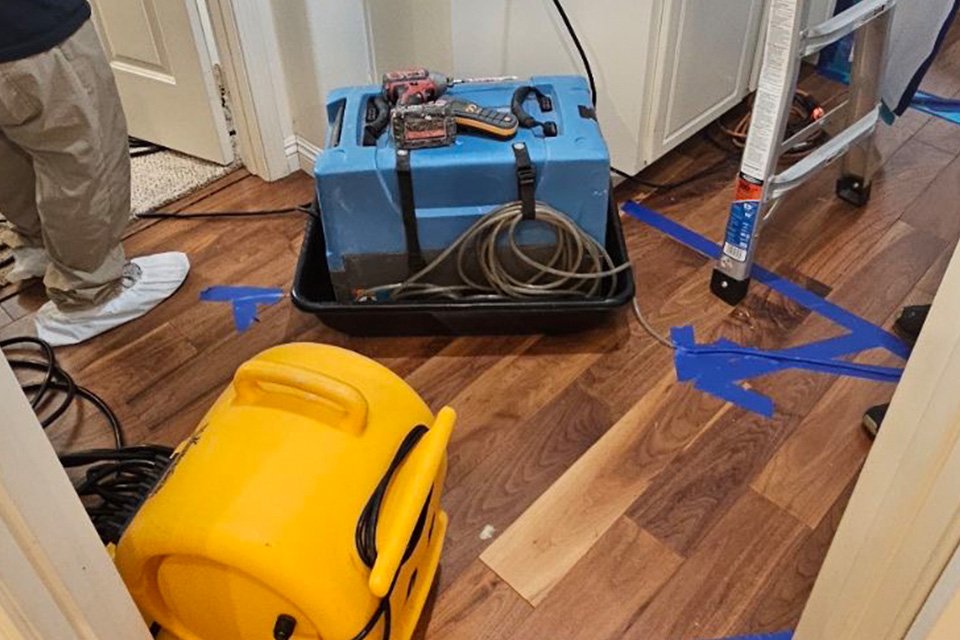Welcome to SJ Plumbing Services

Water leaks can cause significant damage to homes and businesses if not promptly addressed. Not only do they waste water, but they can also lead to mold growth, structural damage, and increased utility bills. Understanding the signs of leaks, employing the right detection techniques, and knowing how to carry out water repairs are critical for maintaining a safe and efficient plumbing system.
Water leaks can occur for a variety of reasons. Some of the most common causes include:
Contact the SJ Plumbing’s plumber to schedule a service call. Be prepared to provide help about the problem.



Detecting water leaks early can save you from costly repairs and water damage. Here are some signs to look for:
There are various tools and techniques available for identifying water leaks, both for professionals and homeowners:


Once a leak is detected, addressing the issue quickly is crucial. Some common repair methods include:
By taking preventative steps and addressing leaks early, you can protect your property and save on unnecessary water usage and repairs.